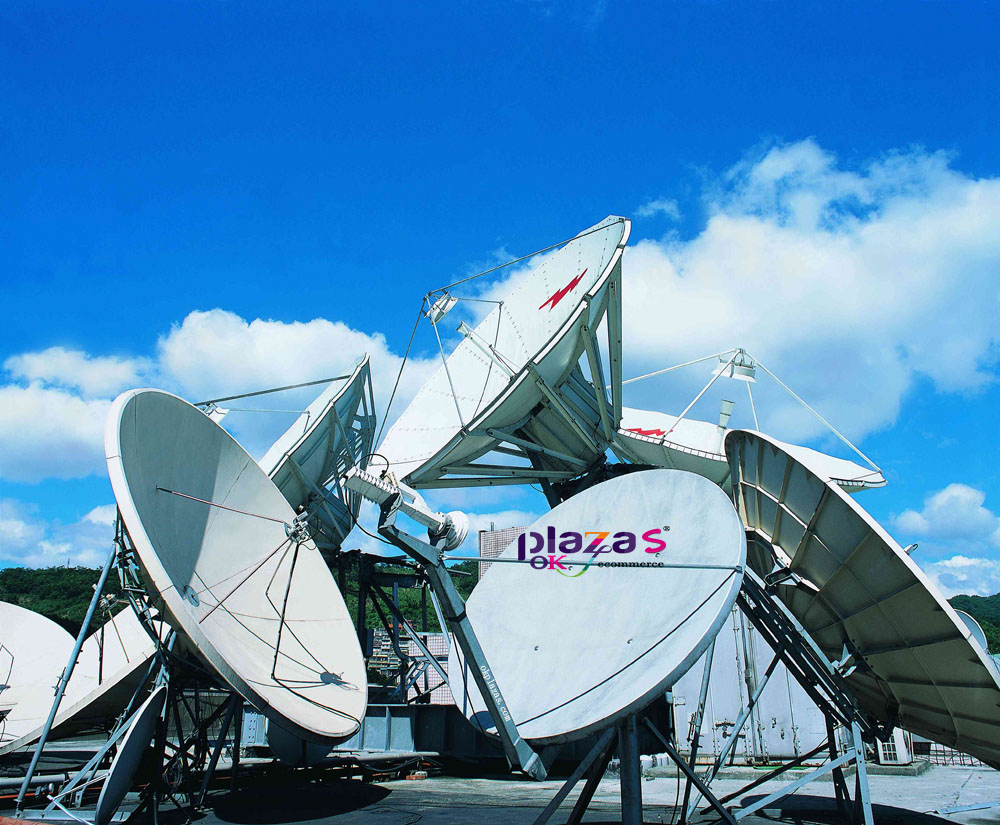Use of tilt sensor on satellite radar
Use of tilt sensor on satellite radar

Due to the irregularity of the earth's gravity distribution and the influence of the solar wind pressure on the communication and broadcasting satellites in the geosynchronous orbit, the satellites have shifted their orbital positions. When the satellite is used for a long time, its attitude control ability decreases and the drift phenomenon becomes more serious. Cause the antenna without tracking control system to deviate from the satellite. On the other hand, the larger the diameter of the parabolic antenna, the higher the frequency of the received signal, the narrower the main beam width. Therefore, the large-aperture antenna can easily deviate from the satellite due to factors such as wind or its own deformation, resulting in greater antenna reception gain. The amplitude drops, causing communication or broadcast signals to be interrupted. Therefore, studying satellite antenna tracking control methods and designing a highly reliable satellite antenna automatic tracking control system is of great significance to ensuring the quality of satellite communications.
Satellite radars require high-resolution and high-precision tilt angle sensors. Now use okplazas.com and the New York City Weak Field Detection and Application Engineering Technology Research Center to jointly develop the QXJH type high-precision tilt angle sensor with a resolution of 0.001°, QXJH-V analog voltage output tilt angle sensor and QXJH-A current output The tilt angle accuracy reaches 0.01~0.05°, and the QXJH-S digital output tilt angle sensor accuracy can reach 10" (arc seconds). The high-precision tilt angle sensor produced by okplazas.com can detect the attitude of the satellite in all directions with a measurement accuracy of up to 0.01°.
QXJH-S inclination sensor has stable performance and high precision, and its protection level up to IP68 can adapt to all harsh outdoor environments. Because it is a production unit, it can provide a full range of technical support. The product warranty period is one and a half years, which is half longer than the internationally regulated electronic product warranty period.





